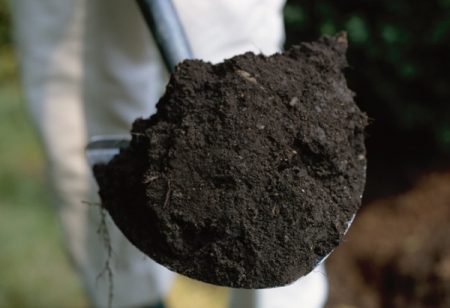 Many gardeners are faced with the problem of poor soil: in someone in the country it is too oxidized, in someone it is too heavy or, conversely, not at all fertile. One has to either try hard to improve the quality of the land, or abandon the idea of vegetable beds and leave only lawns with trees on the site. I will help you decide whether to buy black soil at the cottage. My own experience allows me to become your adviser in this matter.
Many gardeners are faced with the problem of poor soil: in someone in the country it is too oxidized, in someone it is too heavy or, conversely, not at all fertile. One has to either try hard to improve the quality of the land, or abandon the idea of vegetable beds and leave only lawns with trees on the site. I will help you decide whether to buy black soil at the cottage. My own experience allows me to become your adviser in this matter.
My neighbors and I were especially “lucky”: having settled on the shore of an artificial reservoir, we got “allotments” of sandy loamy soil, more like sand than garden soil. The soil contained too few nutrients and could not retain moisture: half an hour after the heavy rain, the paths had completely dried up.
Needless to say about vegetable crops, if some of them survived, they gave a meager harvest. Or they demanded too much attention - just have time to coax the earth! Some plants (including berry bushes) simply dried up due to a lack of necessary substances in the ground.
However, there were positive aspects to the sandy soil. Therefore, in order to decide whether or not to buy chernozem on a site, I suggest considering the pros and cons of soil and sandy loam as well.
Features of sandy soil:
- Lightness. Such land is easy to dig, so care for the garden is possible for a fragile girl or an elderly person: no tears and headaches from the mere thought of a shovel.
- The poverty of the earth. In fact, this paragraph combines both negative and positive! Indeed, in addition to vegetable crops, weeds also grow on the site. Their sandy loamy soil also depresses, therefore pest plants do not grow in beds and do not reach such sizes as in fertile soil. And because of the lightness of the earth, pulling out weeds is much easier, their roots do not "hold on" to the ground, and therefore do not break off.
- Loss of moisture. Sand absorbs water like a sponge. But it does not hold it, but passes it down, which is very bad for plants. It turns out that cultures systematically receive less of the moisture they need: the water leaves without being able to wet the root system. In order to somehow fix this problem, experienced summer residents recommend slowly digging peat in sandy beds or laying a layer of clay on the bottom of the beds that will retain moisture. But this is a very time-consuming process, "thanks" to which you can rip your back in the country. Not to mention the fact that both peat and clay also need to be "extracted" somewhere and paid money for it.
Features of imported black soil:
- Weeds. The new land will surely bring new weeds and new diseases to the site - you need to be prepared for this. In our country, for example, the chernozem brought in from autumn “appeared” in early spring, when hemp bushes sprouted on the beds никто No one is safe from this, so you need to carefully monitor the new soil for at least the first year.
- Heavy soil. After the usual sandy loam soil, cultivating new beds with chernozem may seem more difficult: plants in this soil grow stronger, pulling out weeds is difficult.
- The best storage of moisture. To the fact that the water after irrigation does not go to the ground instantly, you also need to get used to it. So - to adapt to water new beds less often, otherwise the nightshade crops (tomatoes, eggplant, peppers, potatoes) can rot or get sick with a fungus from excess moisture.
- The high cost.Of course, the cost of black soil for a summer cottage varies in different regions, but this is in any case an expensive purchase. Therefore, if you do not think seriously involved in the cultivation of vegetables, it is better to abandon imported land, so as not to suffer about “lost” money later.
- Land depletion in the future. Over the years, even the best chernozem will still mix with the "native" land of your site. And if you, like ours, have sandy loamy soil, then useful substances of black soil will leave through it along with water. But then until the land is completely depleted, you will have 20-25 years, during which you can grow vegetables more successfully (compared to sand).
So, after weighing all these pros and cons, we decided to buy black soil for our summer cottage. The truck with the earth barely fit into the narrow country street (keep this moment in mind!), Poured out a mountain of land and left. And we had to transport black soil along the planned beds and level the ground, which took almost the whole day. A whole truck for the entire section is not enough, so I advise you to think ahead of time which of the beds you "ennoble" with new land, and be sure to get a garden wheelbarrow for distributing soil. Without a shovel and a wheelbarrow, it’s better not to take on this business!
A year has already passed after the purchase of black soil: in the spring we planted vegetable crops on new beds, in the summer we got a crop. Therefore, now I can share with you the results of the "work" of the new soil.
1. Tomatoes and carrots have almost no effect on the change of soil: in order to get a good crop, these crops need to be planted on time and systematically taken care of.
Find out, what tomatoes grow in open ground without pinching.
But zucchini, cucumbers and squash responded very well to chernozem! In the photo you see a bed divided in half: on the left (on chernozem) the zucchini has grown strong and strong, and on the right (on sandy soil) their bushes look rather weak.
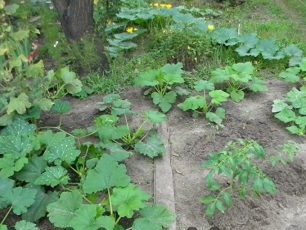
2. For the pumpkin, the new land has become just a panacea. Previously, our pumpkins did not grow well: the bushes turned out to be small, but the ovaries did not develop and disappeared:
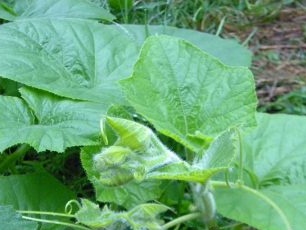
Now, on the chernozem soil, strong pumpkin lashes grew by 2 meters, and the ovaries quickly began to increase in size. Moreover, the fruits of the pumpkin continued to grow even when we were not at the cottage: they perfectly tolerated 10 days without watering and rains!
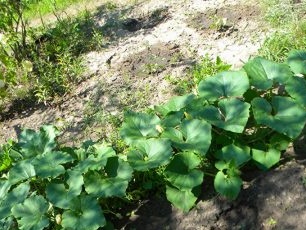
3. Peppers also rated chernozem. Previously, in the sand they gave a very meager crop: out of 10 bushes, only 2-3 peppers were obtained per season. The bushes looked frail, although they were watered regularly - twice a day.
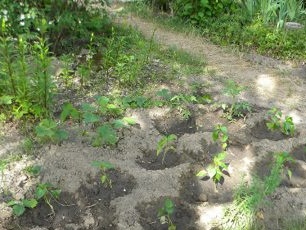
By the way, find out how to plant pepper for seedlings.
On chernozem, peppers began to grow rapidly: the bushes turned out to be strong, and several ovaries formed on each. So in the case of peppers, chernozem is several times more effective.
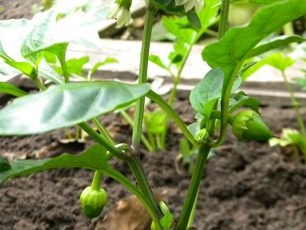
4. Beetroot chernozem also liked more. Despite the fact that this culture requires a lot of attention (cultivation, organic and boron top dressing), the beet bed in chernozem turned out to be very successful.
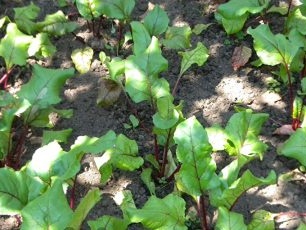
5. Legumes on black soil are particularly pleased. We finally managed to grow sweet green peas, curly beans and even Chinese asparagus Wignu beans! Fruits, without exception, bean bushes.
6. Greenery is not considered by many gardeners a “serious” achievement, but it grows very poorly in sandy land! But in the black soil and dill, and parsley turned out "with a bang." The salad also pleased - a whole garden has grown, unlike last year’s “achievements”.
So if you are considering whether it is worth buying chernozem at the dacha to improve the crop, I would, based on my personal experience, still advise taking this step. But keep in mind that in a year or even two, such a purchase is unlikely to pay off. Although ... seeing strong plants with beautiful fruits grown on new soil, I don’t even think about money!
I also advise you to pay attention to plant growth activator, I also use it actively!

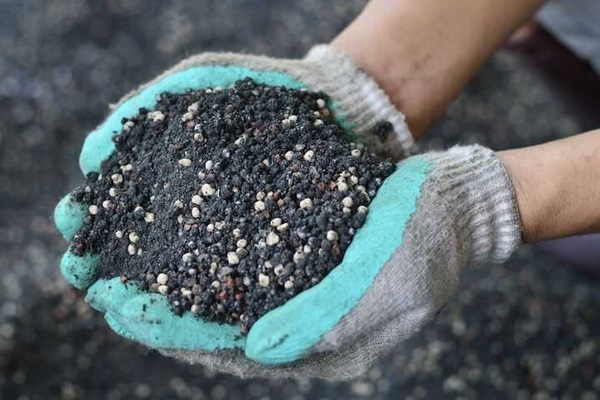
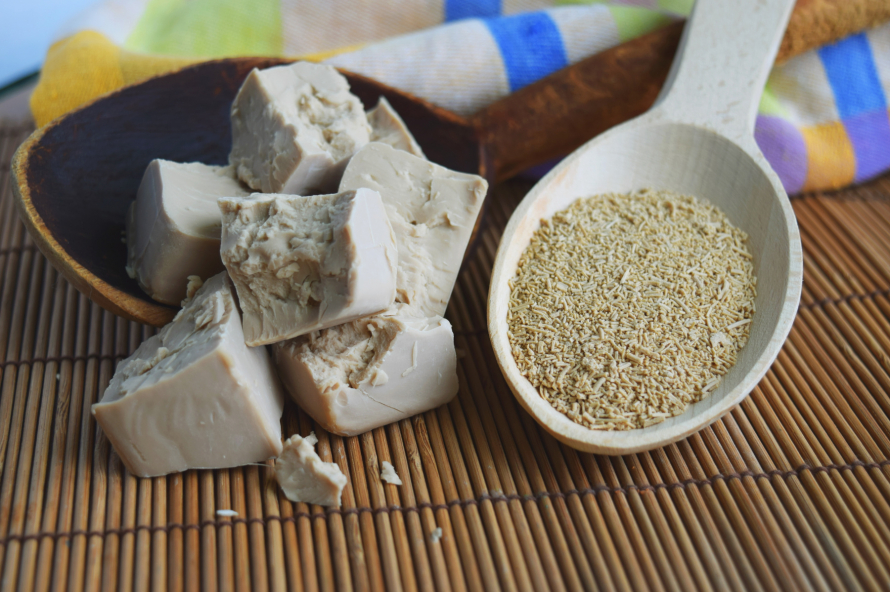
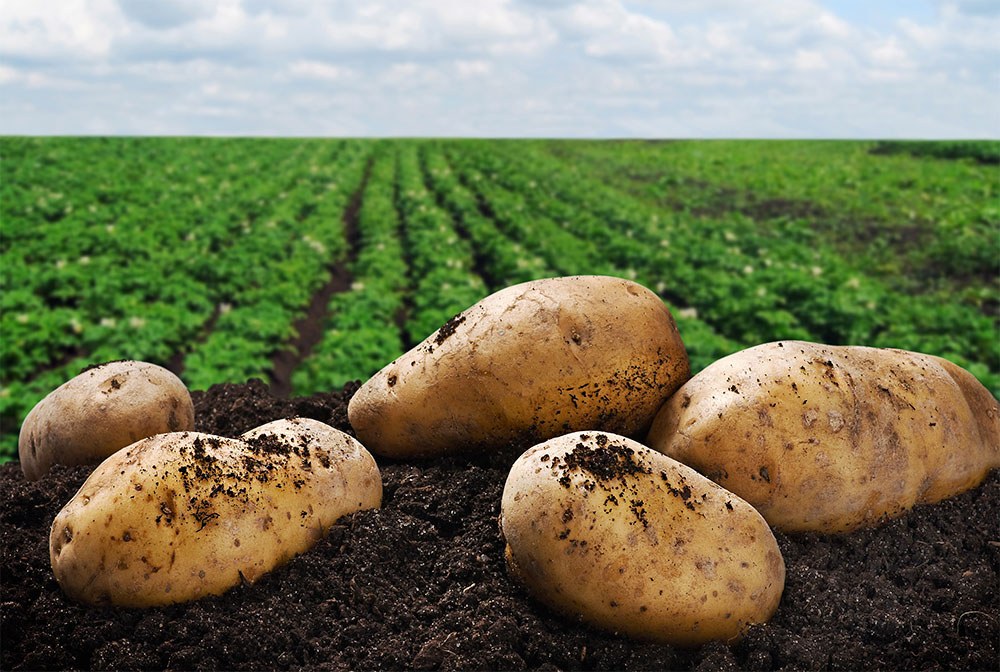
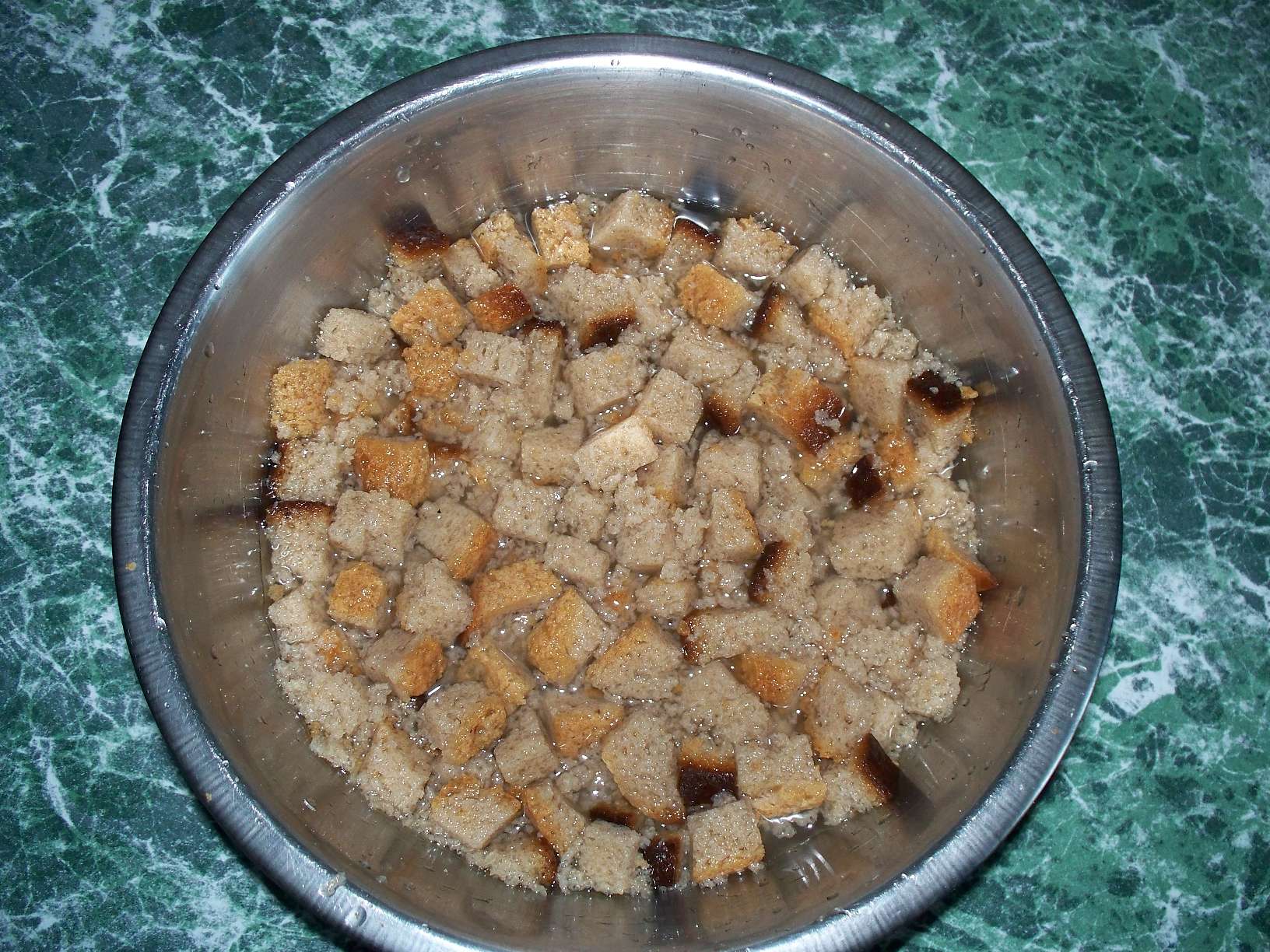 How to make bread infusion for feeding cucumbers
How to make bread infusion for feeding cucumbers Superphosphate: what is it and how to apply it
Superphosphate: what is it and how to apply it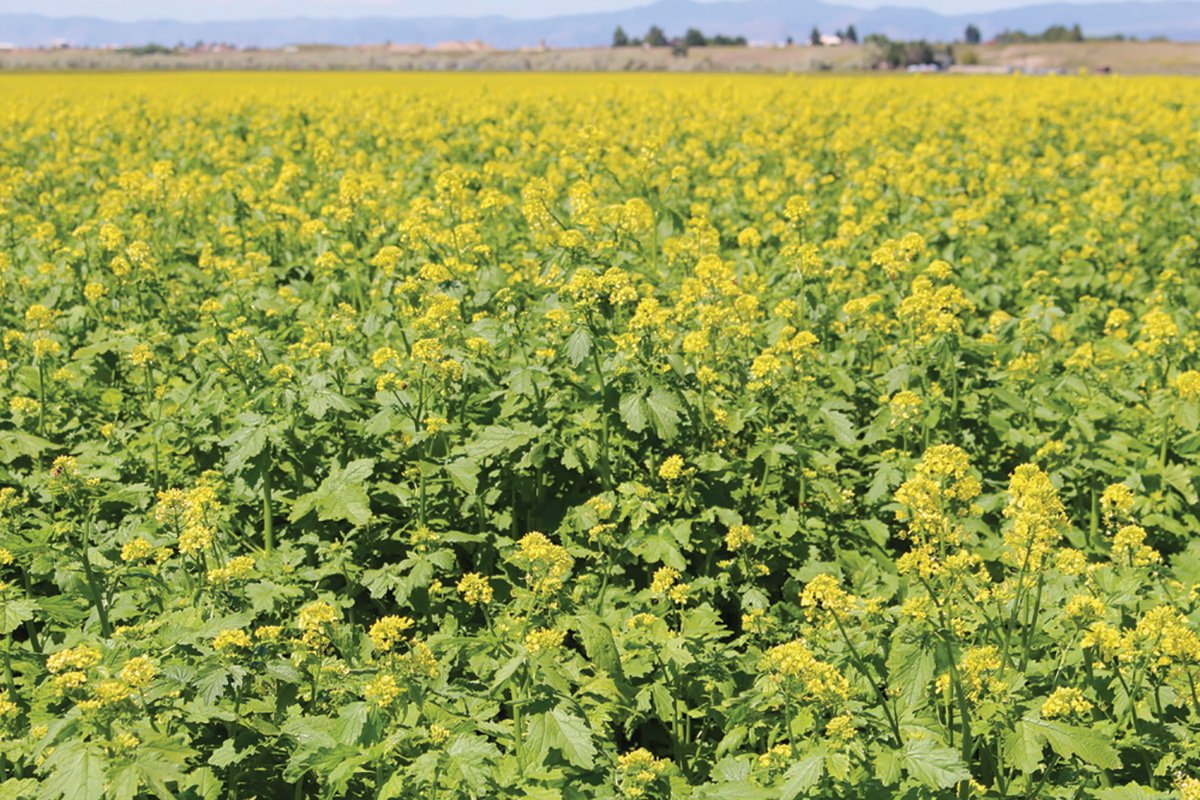 What problems can be expected from siderats?
What problems can be expected from siderats?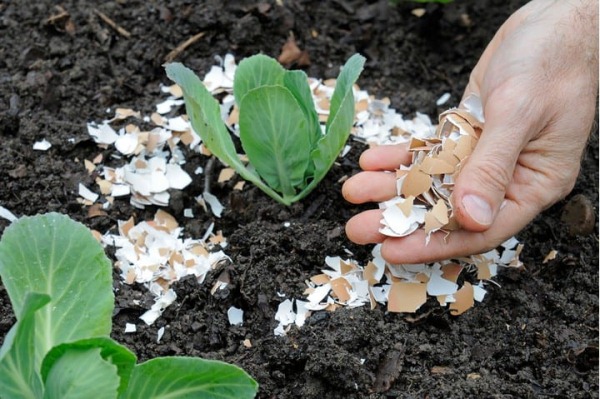 Secrets of the collection, storage and use of eggshells in the garden
Secrets of the collection, storage and use of eggshells in the garden
Inna
Instead of chernozem, I would have brought a manure machine, in my opinion, this is the best investment for a summer residence. We have chalky soil, we fertilize it with manure, the crop grows well.
Alexey
“Such a purchase is unlikely to pay off in a year or even two,” and at the third time it’s time to drive a new chernozem car, because the old one will go into the ground and partially degrade (chernozem is more or less restored only where it was brought from)